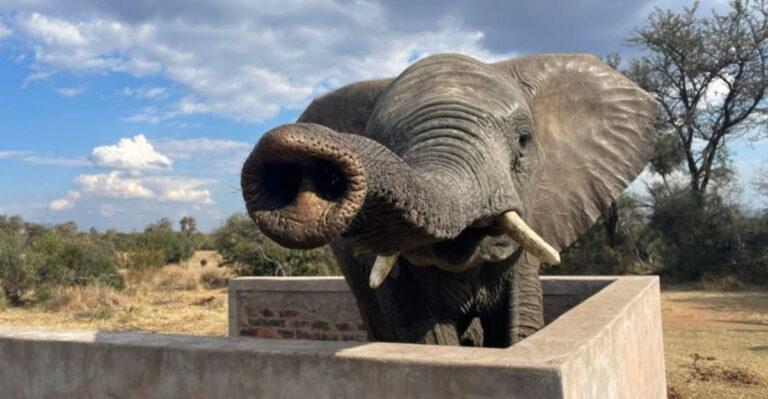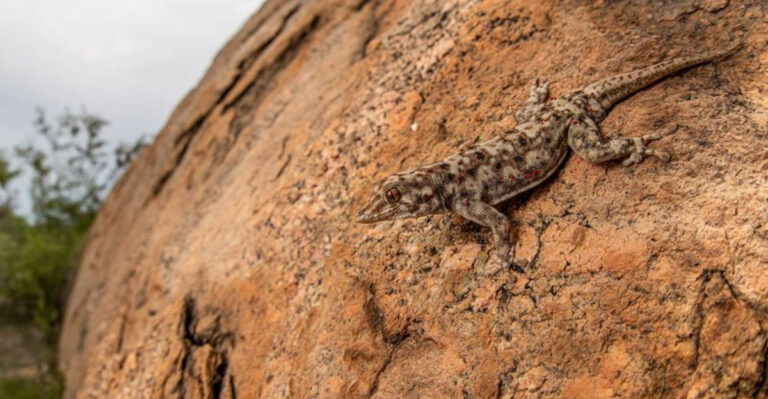12 Signs Your Pet Tortoise Isn’t Thriving And How To Improve Its Environment
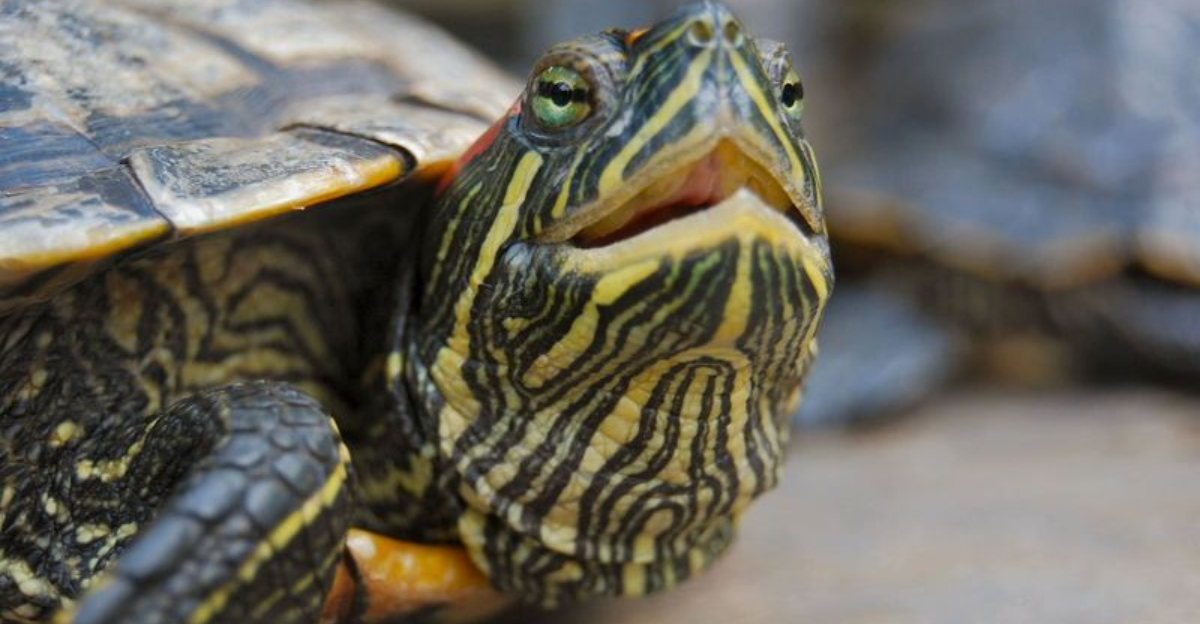
Tortoises make fascinating pets that can live for decades with proper care. However, these slow-moving reptiles can’t always communicate their discomfort clearly.
Recognizing the subtle signs of an unhealthy tortoise early can prevent serious health issues and help your shelled friend live a long, happy life.
1. Loss Of Appetite

When your tortoise turns away from favorite foods, something’s wrong. Healthy tortoises are surprisingly enthusiastic eaters.
Temperature fluctuations often cause appetite changes, so check your heat source is working properly. Offer colorful vegetables like bell peppers or squash to tempt their interest while addressing the underlying issue.
2. Lethargy Or Reduced Activity

Normally curious creatures, tortoises should explore their environment regularly. If yours barely moves from its hiding spot, it’s sending a distress signal.
Creating a spacious habitat with varying temperature zones encourages natural behavior. Add climbing opportunities and hiding spots that mimic their wild environment to spark their adventurous spirit again.
3. Shell Deformities (Pyramiding)
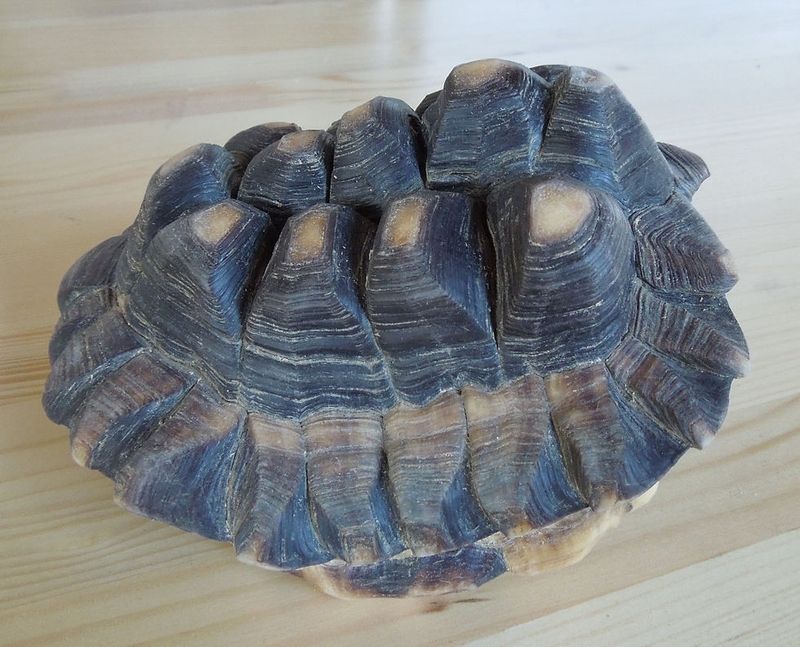
Those raised, pyramid-shaped scutes shouldn’t appear on your tortoise’s shell. This irreversible condition signals past nutritional or environmental deficiencies.
While existing pyramiding can’t be fixed, you can prevent further damage. Proper humidity levels matter as much as diet! Species-appropriate moisture combined with calcium-rich foods will protect developing shell sections.
4. Soft Or Sunken Shell
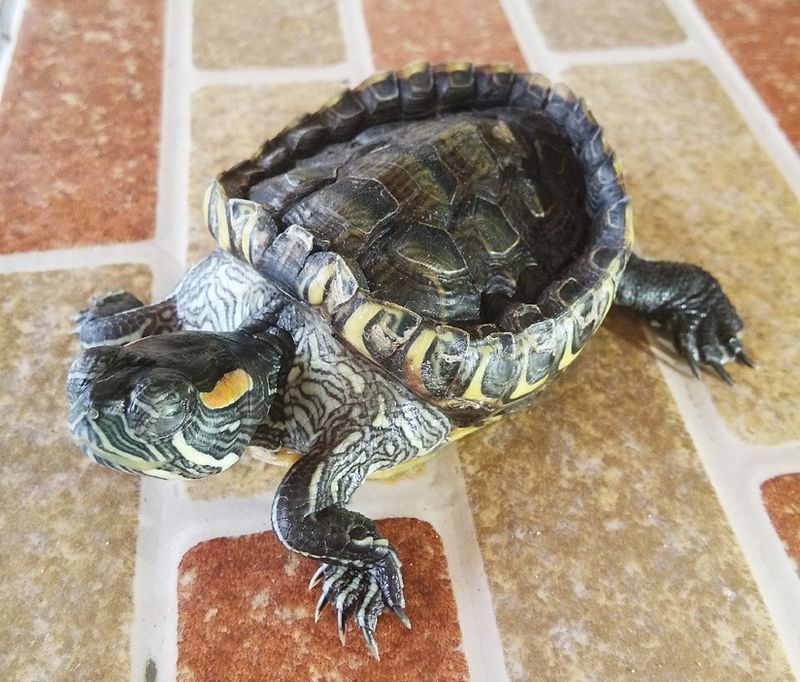
A healthy tortoise shell should feel firm to gentle pressure. Softening indicates metabolic bone disease, a serious calcium-processing problem.
Beyond calcium supplements, proper UVB lighting is crucial. Replace reptile bulbs every 6-12 months even if still illuminated, as their invisible UVB output diminishes long before the visible light fails.
5. Discharge From Eyes Or Nose
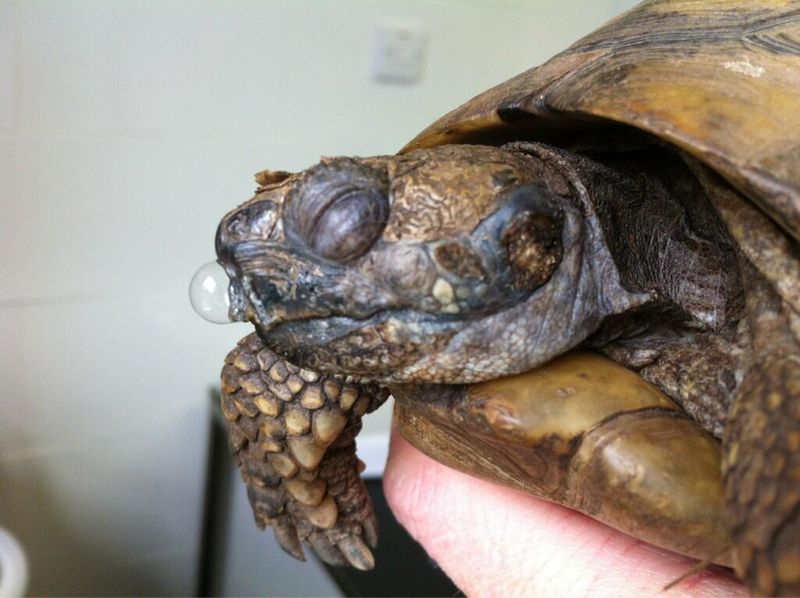
Bubbly nose secretions or swollen, weepy eyes indicate respiratory issues or vitamin deficiencies. These symptoms demand immediate attention.
While waiting for your vet appointment, boost environmental humidity slightly for desert species. For tropical tortoises, ensure their enclosure stays warm throughout the night to prevent temperature-related stress on their immune system.
6. Shell Rot or Pitting
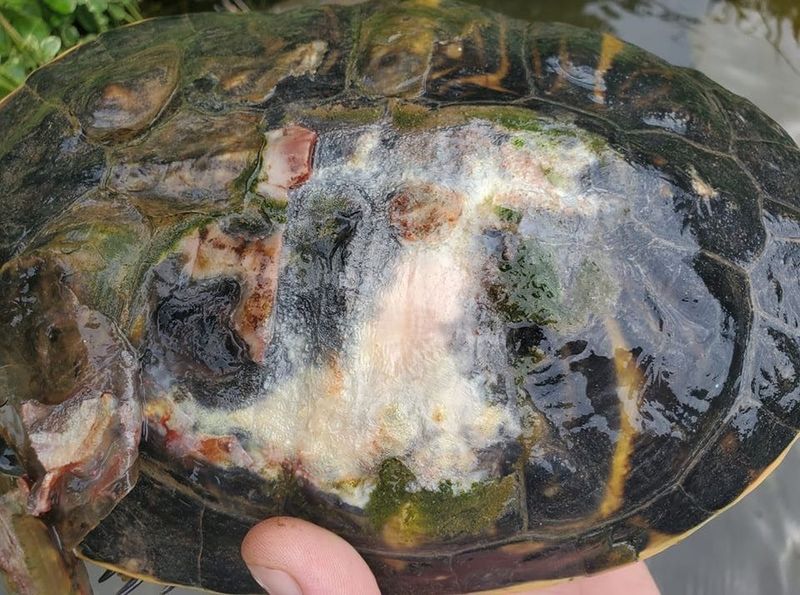
Discolored patches, especially soft or smelly areas on the shell, signal bacterial or fungal infections. Left untreated, these can penetrate to bone.
Eliminate standing water in the habitat immediately. Provide a dry basking area that stays completely moisture-free. Clean the enclosure thoroughly, replacing substrate with fresh material to prevent reinfection.
7. Constipation Or Diarrhea
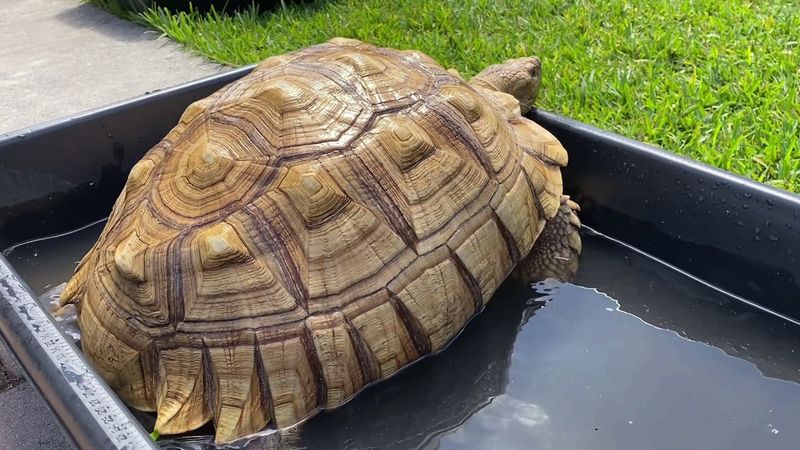
Regular, well-formed droppings indicate digestive health. Both constipation and diarrhea suggest dietary problems requiring adjustment.
Warm soaks in shallow water (just below shell height) encourage healthy bowel movements. Increase fiber with pumpkin or squash for constipation, while diarrhea might need less fruit and more leafy greens to restore balance.
8. Abnormal Shell Coloration
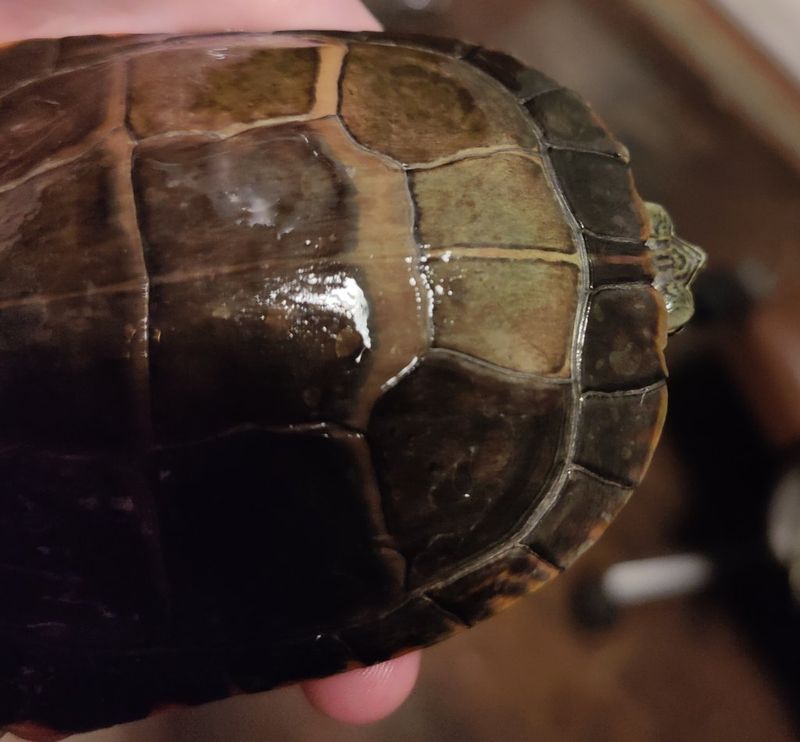
Vibrant shell colors typically indicate good health in tortoises. Fading patterns or unusual white patches suggest underlying problems.
Regularly photograph your tortoise’s shell from above to track subtle changes over time. Excessive white areas between scutes may indicate shell growth problems, while red or black discoloration could signal infection requiring veterinary care.
9. Excessive Hiding Or Withdrawal
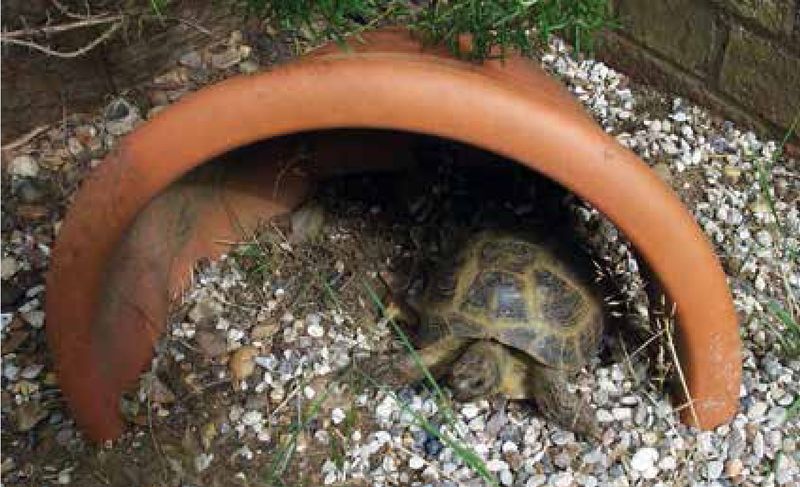
Occasional hiding is normal tortoise behavior. Constant concealment, however, suggests they feel unsafe or unwell in their environment.
Minimize handling during this stress period. Create multiple hiding options at different temperatures throughout the enclosure. Even confident tortoises appreciate security, so provide cork bark or half-log hideaways where they can retreat yet still observe surroundings.
10. Unusual Breathing Patterns
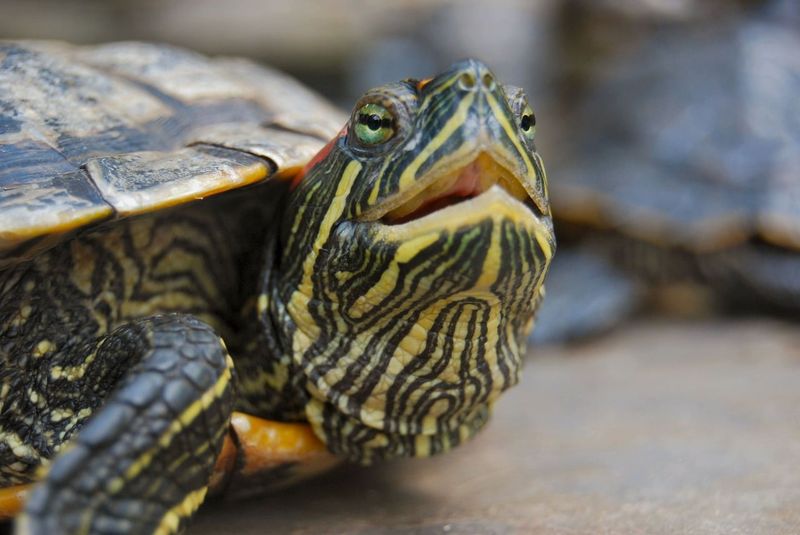
Healthy tortoises breathe quietly through their nostrils. Open-mouth breathing or wheezing indicates respiratory distress requiring immediate attention.
Check humidity levels immediately – too dry for tropical species or too damp for desert varieties causes breathing problems. Eliminate pine or cedar bedding which releases harmful oils. Maintain appropriate temperatures day and night for your specific tortoise species.
11. Lack Of Shell Growth
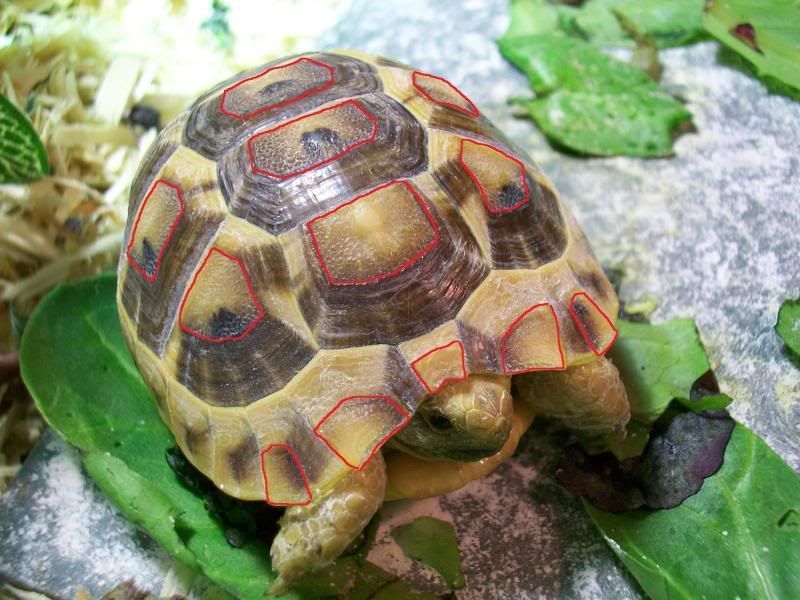
Young tortoises should show visible growth rings on their shells. Absence of new growth indicates nutritional deficiencies or improper lighting.
Measure your tortoise’s shell length and width monthly to track development. Upgrade to a higher-quality UVB source that spans at least half the enclosure length. Introduce calcium-rich foods like dandelion greens alongside occasional cuttlebone for self-regulated supplementation.
12. Unusual Posture Or Limping

Tortoises should walk with their shell carried evenly above the ground. Dragging legs or shell-tilting suggests joint pain or muscle weakness.
Examine your tortoise’s enclosure for fall hazards or sharp objects. Provide proper calcium and vitamin supplementation to support musculoskeletal health. Replace slippery surfaces with textured substrate that offers secure footing for their surprisingly powerful limbs.

